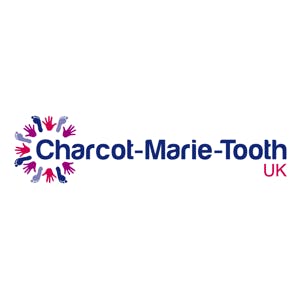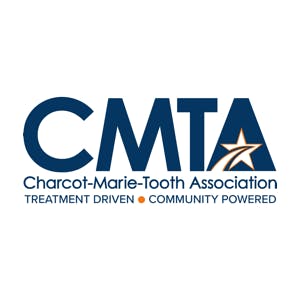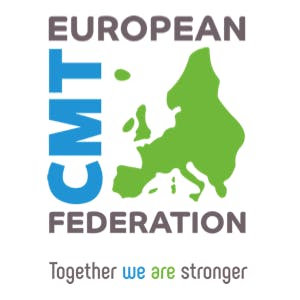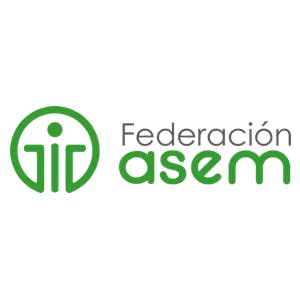Dedicated to developing safe and effective medicines to improve the lives of patients and their families
If you’ve been diagnosed with CMT, you might like to consider participating in the CMT&Me international study. The app-based study is sponsored by Pharnext and has been developed in collaboration with Vitaccess, a digital health company, international CMT experts, and patient advocacy groups.
CMT&Me investigates the impact of all subtypes of the disease on patient lifestyle: The global burden of the disease including daily work and social lives, its natural history, current treatment options, and medicosocial and pharmacoeconomic effects.
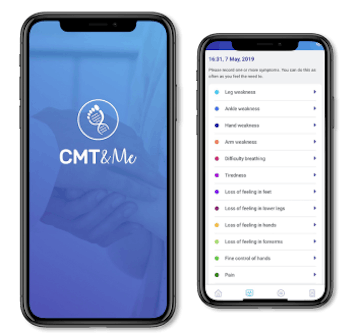
Charcot-Marie-Tooth (CMT) diseases − named after the three doctors who first described them in 1886 − are genetic diseases that affect the peripheral nerves, which are the nerves that connect the central nervous system (brain and spinal cord) to the rest of the body by providing motor and sensory information. CMT diseases are relatively rare and affect about 1 in 2,500 people.
This guide has been designed to address the need for information for affected people and their families, taking into account the most common questions they have. It does not replace the explanations given by your neurologist, but can help you better understand and answer your initial questions.
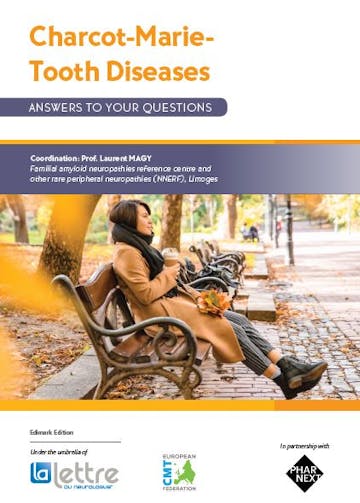
Several studies carried out in recent years have demonstrated the very common existence of pain in Charcot-Marie-Tooth (CMT) disease. This pain is currently the subject of studies in order to better understand its mechanism and onset, its impact on the everyday life of patients and the measures that can be taken to relieve it [2-4, 6-8]. At the same time, healthcare teams are paying particularly close attention to it.
This seconde guide has been designed to answer the main questions that you or those around you have on the matter. It does not replace the explanations given by the healthcare professionals monitoring you but it may enable you to better prepare for your consultations with them and to better understand their explanations and any management proposed.
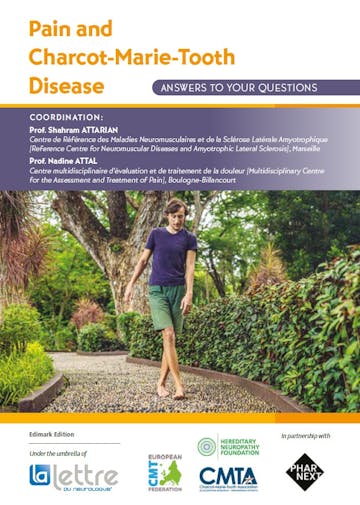
Pharnext is actively developing PXT3003 for the treatment of patients with Charcot-Marie-Tooth Type 1A disease.



